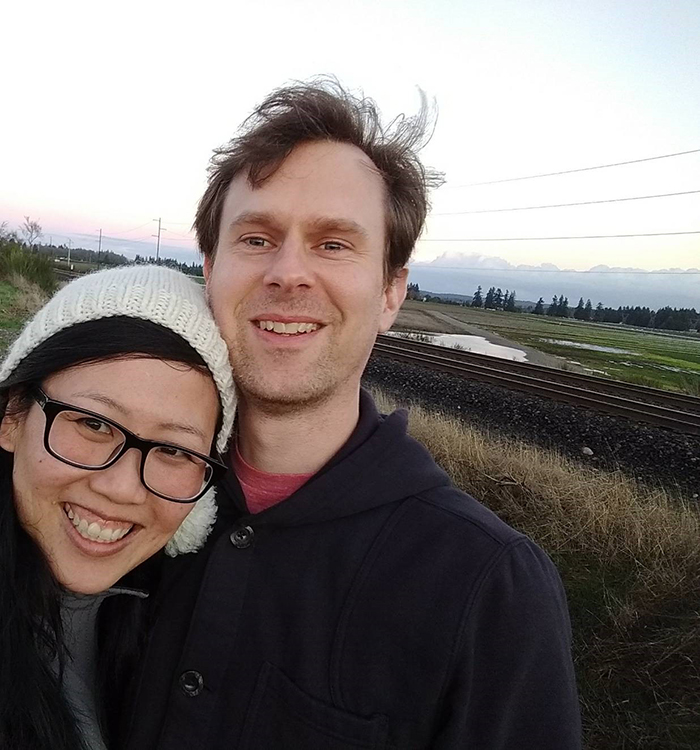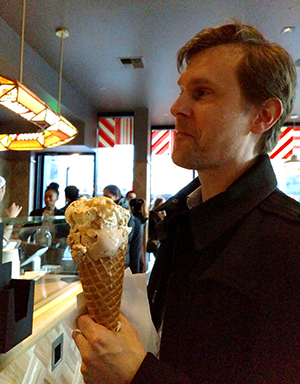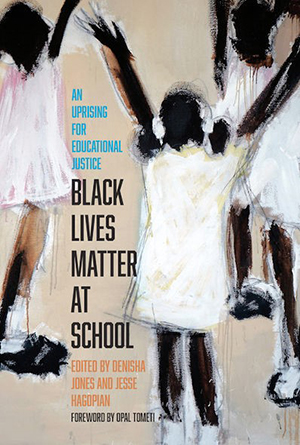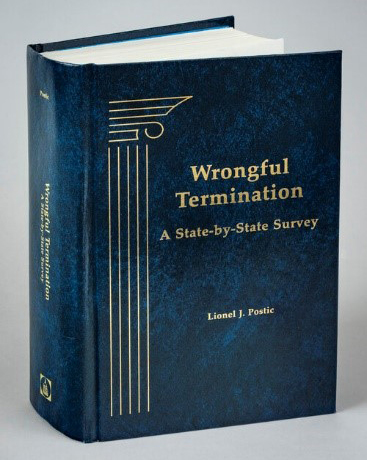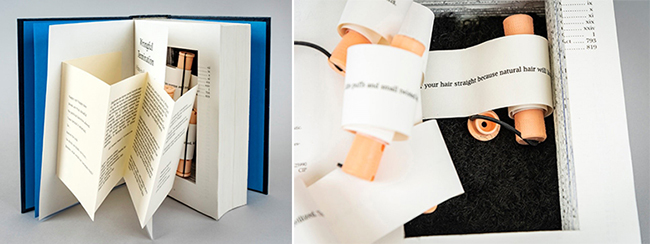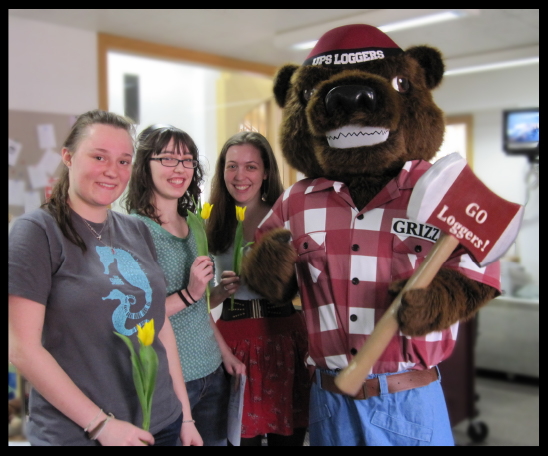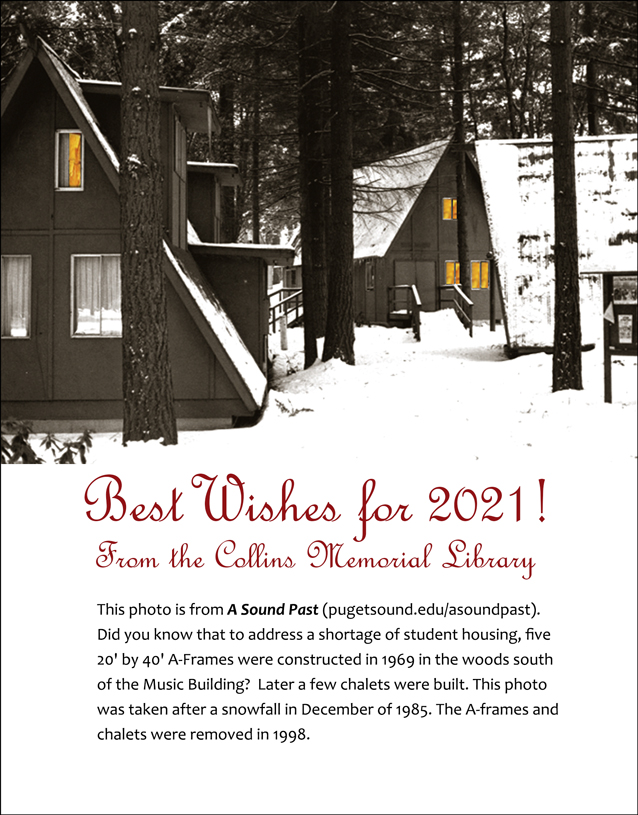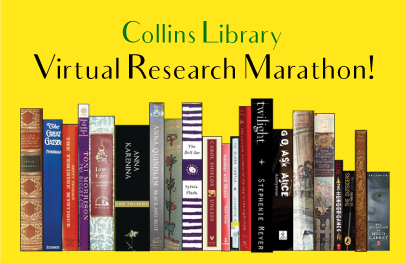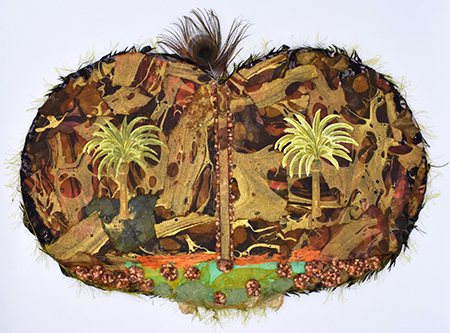
UPDATES
Introducing the HathiTrust Digital Library
We’re pleased to announce that the University of Puget Sound has recently joined HathiTrust, providing our students, faculty and staff access to a majority of the digitized items made available through the HathiTrust Digital Library! “Founded in 2008, HathiTrust is a not-for-profit collaborative of academic and research libraries preserving 17+ million digitized items.”
The HathiTrust mission “is to contribute to research, scholarship, and the common good by collaboratively collecting, organizing, preserving, communicating, and sharing the record of human knowledge.” Many member libraries select and digitize titles from their collections, and the site then offers reading access to the fullest extent allowable by U.S. copyright law. Titles available include monographs in all subject areas that are no longer restricted by copyright laws, open access titles including many federal and state government documents, and much more.
The site offers a sophisticated search tool, the ability to setup a personal account and create unique collections of materials of interest, and includes digital tools for text mining and other analytics. Additionally, HathiTrust provides an Accessible Text Request Service for users who are blind or print disabled. Much more information can be found on the HathiTrust site, and on the Collins HathiTrust Guide.
Please reach out to your liaison librarian with any questions about this important new resource.
Update on Streaming Media
Staff in the Library, Media Services, and Educational Technology are continuing to facilitate access to streaming media materials that you are assigning in your courses.
Please continue to inform your liaison librarian about media titles that you plan to stream or require as part of your coursework. Please do not assume that media/streaming resources that you have used in the past are still available as license agreements may have expired and may need to be repurchased.
For more information about streaming media, please see: http://research.pugetsound.edu/streamingmedia or contact your liaison librarian.
Introducing a New Colleague:
Collins Library is pleased to welcome Nick Triggs to the library staff. Nick is joining our Public Services Team. Nick joins us from the Cornish College of the Arts where he served as a librarian. Next time you are in the Library, please take a moment to say hello. You can find Nick at the Public Services Desk (Circulation). Read more about Nick here: https://blogs.pugetsound.edu/collinsunbound/collins-welcomes-new-public-services-specialist-nick-triggs/
Need Information? Don’t forget the Collins Memorial Library – Library Guides
Questions? Contact your liaison librarian
Comments: Contact Jane Carlin, library director
Remember – Your best search engine is a librarian!

